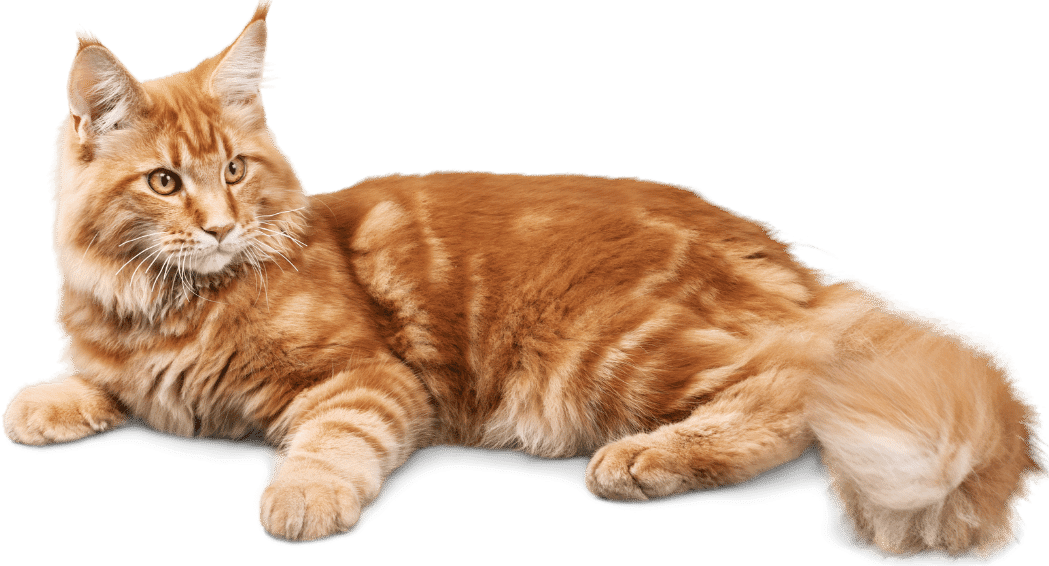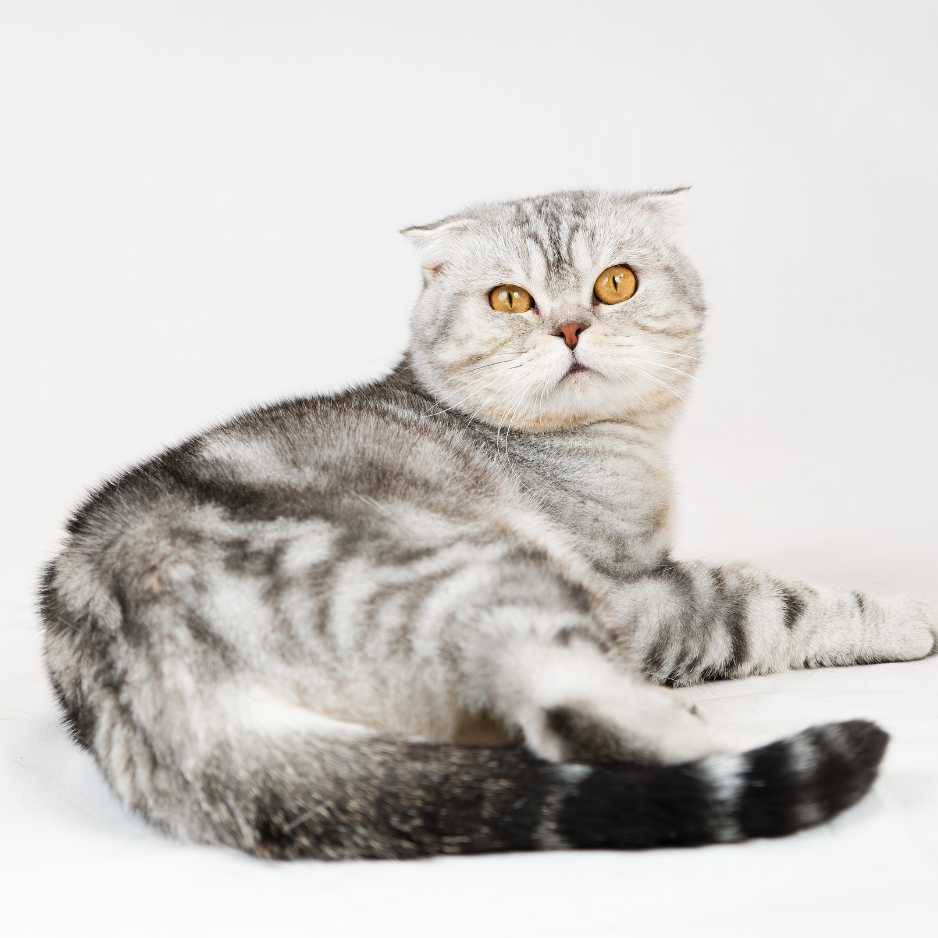The British Shorthair is one of the most beloved and iconic cat breeds in the world, known for its dignified appearance, calm temperament, and plush coat. Whether you’re a seasoned cat owner or a first-time feline parent, the British Shorthair is a breed that captivates with its charm and endearing nature. This guide delves deep into the history, characteristics, care requirements, health concerns, and living conditions best suited for the British Shorthair, offering everything you need to know about this remarkable breed.
History and Origin of the British Shorthair
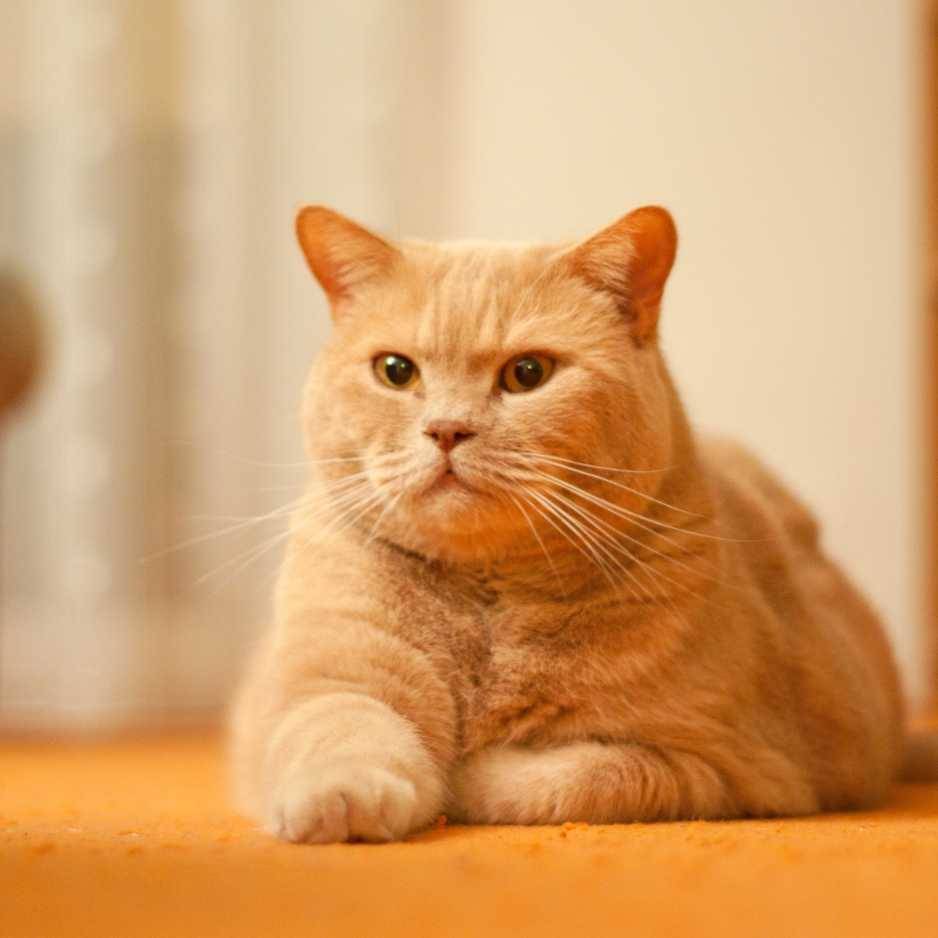
- Ancient Beginnings
The British Shorthair’s history dates back over 2,000 years to the Roman invasion of Britain. The Romans brought cats with them to protect their food supplies from rodents, and these cats bred with the local wildcats, giving rise to the early ancestors of the British Shorthair. Over centuries, these cats adapted to the British climate, developing thick coats and robust bodies that are characteristic of the breed today.
- The Victorian Era and Formal Recognition
The British Shorthair gained significant popularity during the Victorian era when selective breeding began to refine their appearance. Harrison Weir, known as the “Father of the Cat Fancy,” played a pivotal role in establishing the British Shorthair as a recognized breed in the late 19th century. The breed was first showcased at cat shows in the 1870s, where it quickly became a favorite due to its striking appearance and pleasant temperament.
- Post-War Revival
The breed’s population declined during the World Wars, leading to a need for crossbreeding with other cat breeds, such as Persians, to revitalize their numbers. These efforts were successful, and by the mid-20th century, the British Shorthair had regained its status as one of the most popular cat breeds in the UK and beyond.
Physical Characteristics of the British Shorthair

- Distinctive Appearance
The British Shorthair is easily identifiable by its round face, large round eyes, and dense, plush coat. The breed’s broad chest, muscular body, and sturdy legs give it a powerful and balanced look. Their overall appearance exudes a sense of strength and elegance.
- Variety of Colors and Patterns
While the classic “British Blue” is the most iconic color, British Shorthairs come in a wide range of colors and patterns. These include solid colors like black, white, cream, and red, as well as patterns such as tabby, tortoiseshell, and colorpoint. Each color and pattern adds to the breed’s allure, offering something for every cat lover’s preference.
- Size and Build
British Shorthairs are medium to large-sized cats, with males typically weighing between 12 to 18 pounds and females weighing between 8 to 14 pounds. They have a cobby build, characterized by a broad chest, short legs, and a thick tail. Their large, rounded eyes are one of their most striking features, often coming in shades of gold, copper, blue, or green, depending on their coat color.
Personality and Temperament
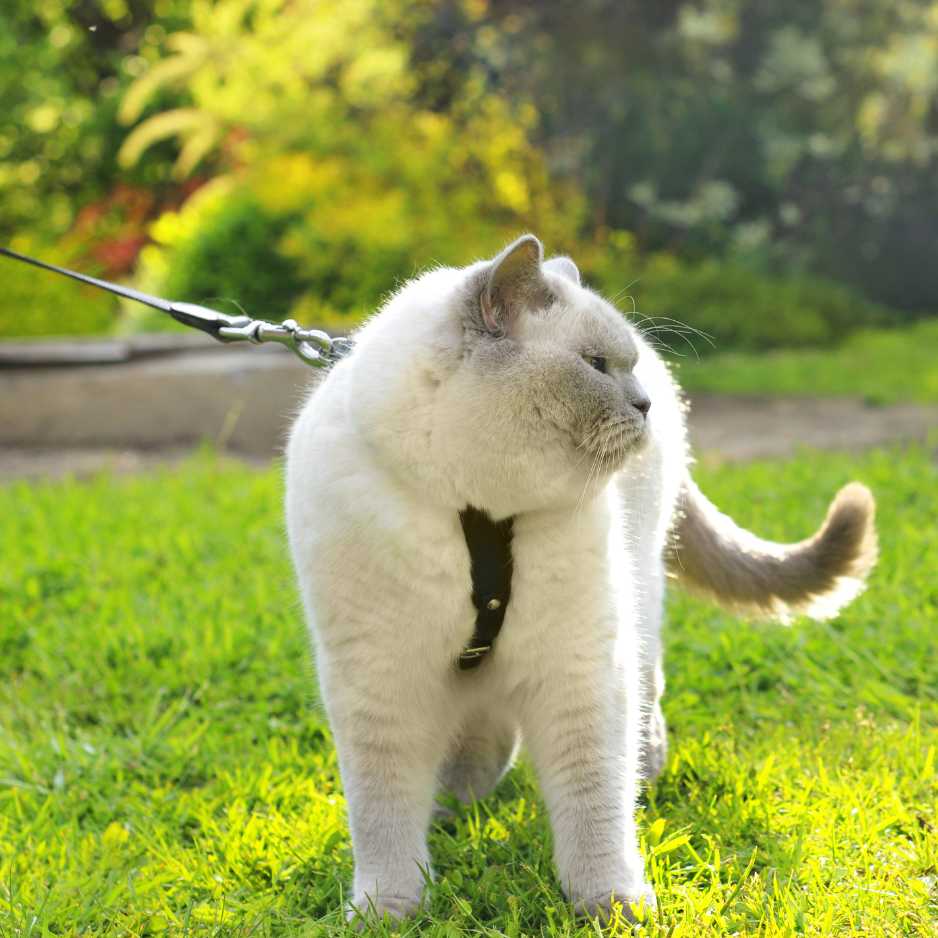
- Calm and Gentle Nature
The British Shorthair is renowned for its calm and gentle nature. Unlike some more energetic breeds, British Shorthairs are content to spend their days lounging in a sunny spot or quietly observing their surroundings. They are affectionate but not overly demanding, making them ideal companions for those who appreciate a more relaxed and independent pet.
- Affectionate but Not Clingy
While British Shorthairs enjoy spending time with their owners, they are not typically “lap cats.” They prefer to be near their humans, often following them from room to room, but they are also content with their own company. This independence makes them a great choice for busy individuals or families who may not always be home.
- Playful and Intelligent
Despite their calm demeanor, British Shorthairs have a playful side. They enjoy interactive toys, puzzle feeders, and games that challenge their minds. Their intelligence makes them quick learners, and they can be taught tricks or commands with patience and positive reinforcement.
- Adaptability to Various Environments
British Shorthairs are highly adaptable and can thrive in various living environments, from small apartments to large homes. Their easygoing nature means they handle changes, such as moving to a new home or welcoming new pets, with grace.
Care and Grooming for the British Shorthair
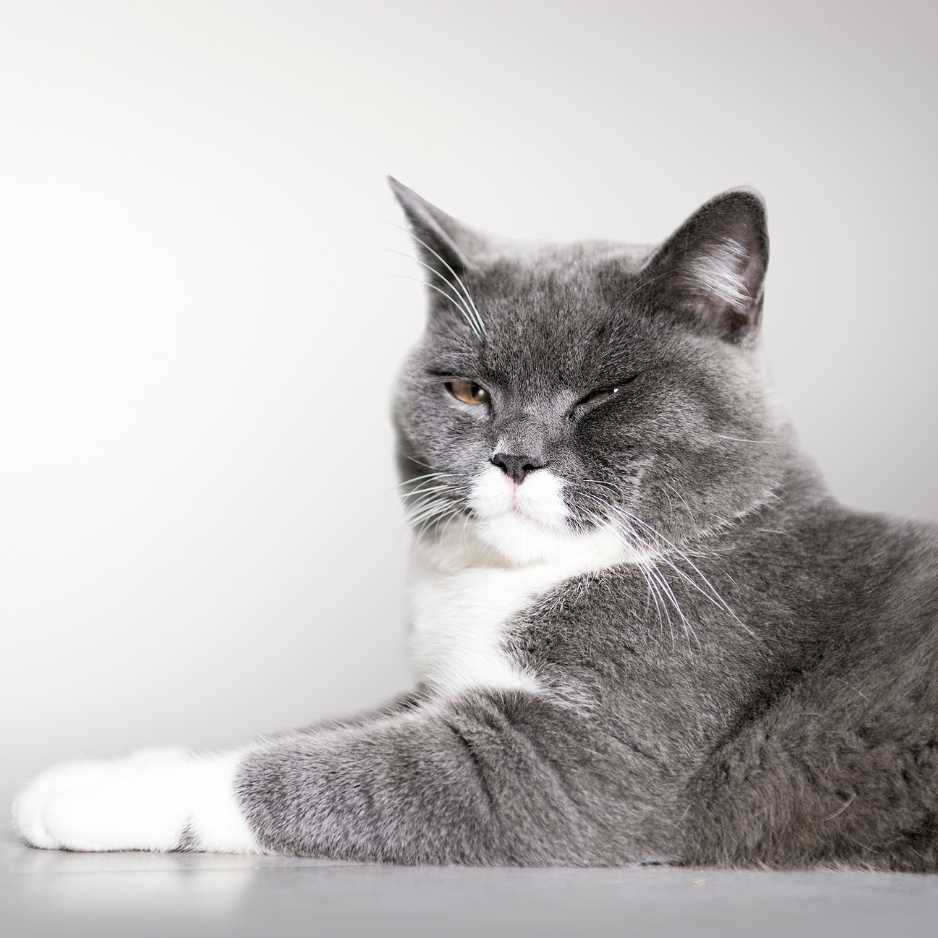
- Grooming Needs
The British Shorthair’s dense coat requires regular grooming to keep it in top condition. While their coat does not mat easily, brushing once or twice a week helps to remove loose hair and reduce shedding. During seasonal shedding periods, more frequent brushing may be needed to manage the extra hair.
- Bathing and Hygiene
Bathing is not typically necessary for British Shorthairs unless they get particularly dirty or have skin conditions. Their coats are relatively low-maintenance, and regular grooming usually keeps them clean. It’s also important to check and clean their ears regularly to prevent ear infections.
- Diet and Nutrition
A well-balanced diet is crucial for maintaining the health of a British Shorthair. High-quality commercial cat food, whether dry or wet, is recommended. It’s important to monitor their food intake, as this breed can be prone to obesity. Providing portion-controlled meals and avoiding free-feeding can help maintain a healthy weight.
- Exercise and Mental Stimulation
While British Shorthairs are not as active as some other breeds, they still need regular exercise to prevent weight gain and promote overall health. Interactive toys, scratching posts, and climbing structures can provide the physical and mental stimulation they need. Regular play sessions also help to strengthen the bond between the cat and its owner.
- Dental and Health Care
Dental care is an essential part of maintaining a British Shorthair’s overall health. Like many cats, they can be prone to dental issues, so regular brushing of their teeth and providing dental treats or toys can help prevent problems. Regular veterinary check-ups are also crucial to monitor their health and catch any potential issues early.
Health Considerations

- Common Health Issues
While British Shorthairs are generally a healthy breed, they are prone to certain genetic conditions. It’s important to be aware of these potential health issues and take preventive measures to ensure a long and healthy life for your cat.
- Hypertrophic Cardiomyopathy (HCM)
HCM is a common heart condition in British Shorthairs, characterized by the thickening of the heart muscle, which can lead to heart failure if not monitored and managed. Regular veterinary check-ups and echocardiograms can help detect this condition early.
- Polycystic Kidney Disease (PKD)
PKD is a genetic condition that causes cysts to form in the kidneys, leading to kidney dysfunction over time. Responsible breeders often screen for PKD to reduce the prevalence of this condition in their breeding lines. If you’re acquiring a British Shorthair, ensure that the breeder has tested for PKD.
- Obesity and Weight Management
Due to their relatively sedentary lifestyle, British Shorthairs can be prone to obesity, which can lead to other health issues such as diabetes and joint problems. Maintaining a healthy diet and ensuring regular exercise are key to preventing obesity.
- Lifespan
The British Shorthair is a long-lived breed, with a typical lifespan of 12 to 20 years. With proper care, many British Shorthairs enjoy a long and healthy life, making them a cherished companions for many years.
Living with a British Shorthair
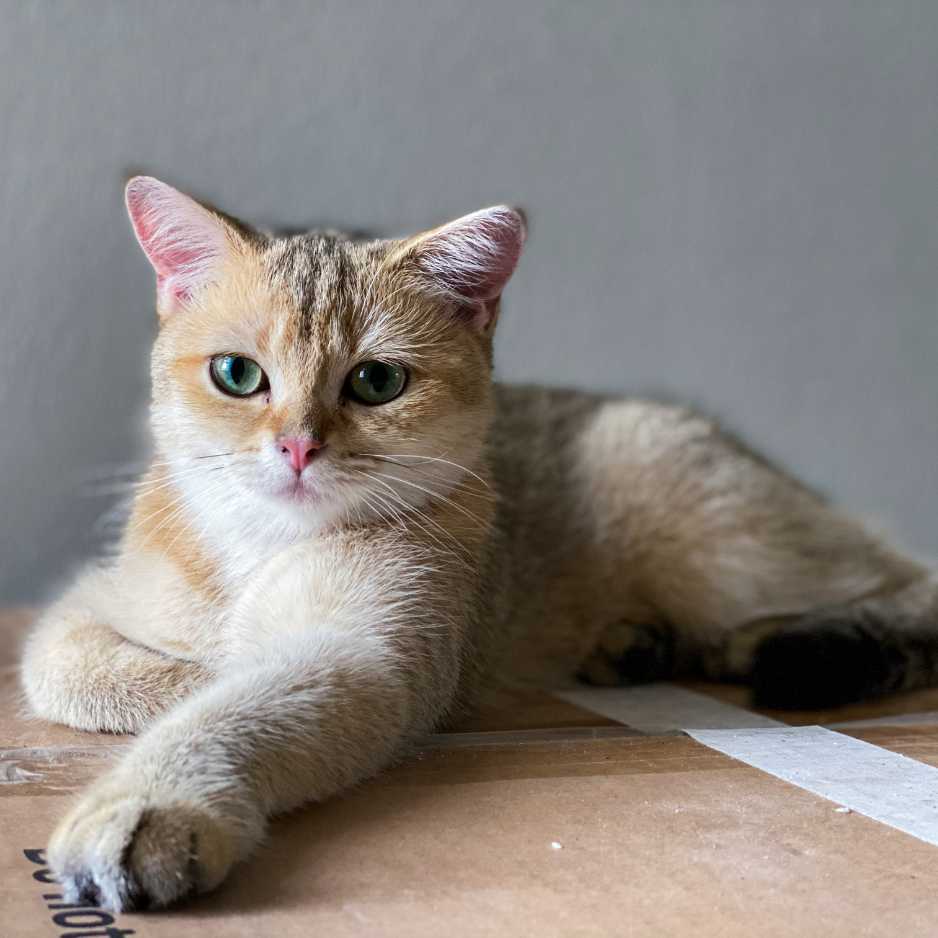
- Suitable Living Environments
The British Shorthair is an adaptable breed that can thrive in a variety of living situations, whether in a bustling city apartment or a quiet countryside home. They are generally well-suited to indoor living, where they are safe from outdoor hazards. If you do allow your British Shorthair outdoors, it’s important to supervise them or provide a secure, enclosed space.
- Compatibility with Other Pets
British Shorthairs are known for their calm and tolerant nature, which makes them compatible with other pets, including dogs and other cats. They are generally non-aggressive and can coexist peacefully with other animals in the household, provided proper introductions are made.
- Family-Friendly Companions
British Shorthairs make excellent family pets due to their gentle and patient demeanor. They are good with children and can tolerate the hustle and bustle of a family environment. Their independent nature means they don’t require constant attention, but they enjoy the company of their human family members.
Conclusion
The British Shorthair is a breed that combines elegance, charm, and a rich history, making it a beloved companion for cat lovers around the world. With their calm demeanor, independent nature, and affectionate personality, they are well-suited to a variety of households, from bustling families to quiet singles. Whether you’re drawn to their iconic “British Blue” coat or their endearing personality, the British Shorthair is a cat that will bring joy and companionship to your life for many years.
Frequently Asked Questions about British Shorthairs
Are British Shorthairs good pets for first-time cat owners?
Yes, British Shorthairs are an excellent choice for first-time cat owners due to their calm, easygoing nature and relatively low-maintenance grooming needs. They are affectionate without being overly demanding, making them a manageable and rewarding pet for beginners.
Do British Shorthairs get along with dogs?
British Shorthairs typically get along well with dogs, especially if they are introduced properly. Their calm and tolerant nature allows them to coexist peacefully with canine companions. However, it’s important to supervise initial interactions to ensure both pets feel comfortable and safe.
How much grooming do British Shorthairs require?
British Shorthairs have a dense, plush coat that benefits from regular grooming. Brushing once or twice a week is usually sufficient to remove loose hair and keep their coat looking its best. During shedding seasons, more frequent brushing may be necessary.
Are British Shorthairs prone to health issues?
Like all breeds, British Shorthairs can be prone to certain health issues, such as Hypertrophic Cardiomyopathy (HCM) and Polycystic Kidney Disease (PKD). Regular veterinary check-ups and maintaining a healthy diet and exercise routine can help manage these risks.
Can British Shorthairs be left alone during the day?
British Shorthairs are relatively independent cats and can be left alone for periods during the day. However, they do enjoy the company of their owners, so it’s important to spend quality time with them when you’re home. Providing toys and environmental enrichment can help keep them entertained while you’re away.
What is the lifespan of a British Shorthair?
The British Shorthair is a long-lived breed, with a typical lifespan ranging from 12 to 20 years. With proper care, many British Shorthairs live into their late teens or early twenties, providing many years of companionship.
How can I ensure my British Shorthair stays healthy?
To keep your British Shorthair healthy, provide a balanced diet, regular exercise, and routine veterinary care. Monitoring their weight and ensuring they receive regular dental care can also contribute to their overall well-being.


